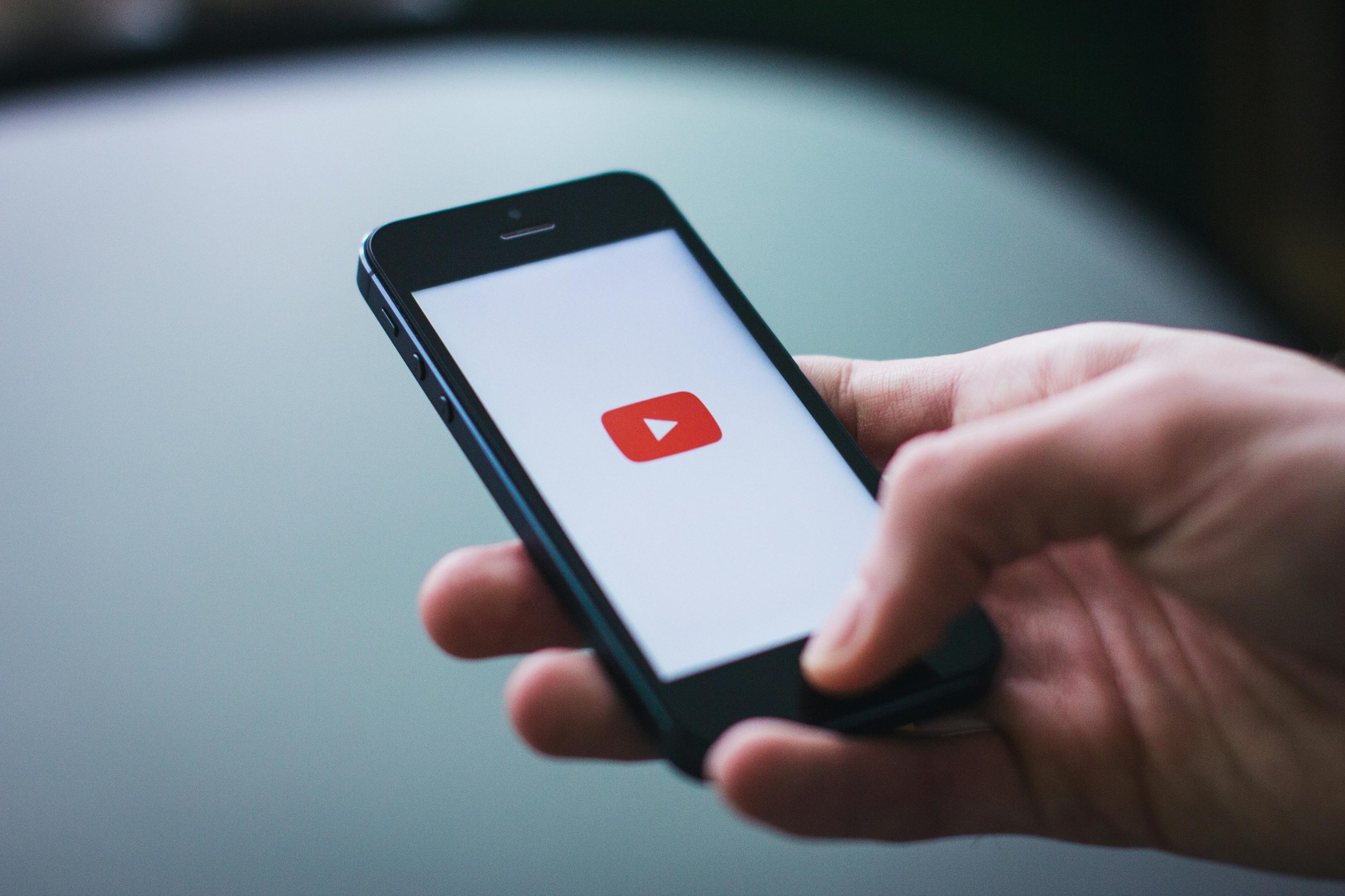Turn Your App Vision Into Reality With This Comprehensive Guide
Do you have an incredible app idea but don’t know where to start? You’re not alone. Building a mobile app can feel overwhelming, especially if it’s your first time. But here’s the good news: with the right approach, you can take your app from idea to launch successfully.
In this guide, we’ll break down the step-by-step process of mobile app development, so you can navigate it with confidence.
Step 1: Define Your App Idea Clearly
Everything starts with an idea. But for your app to succeed, your idea needs to be clear, focused, and aligned with your target audience’s needs.
How to Define Your Idea:
- Identify a Problem: What problem will your app solve? The clearer the problem, the more compelling your solution.
- Target Audience: Who will use your app? Narrow down your ideal user base.
- Unique Selling Point (USP): What sets your app apart from competitors?
Pro Tip: Validate your idea by conducting surveys, interviews, or competitive research. Tools like Google Forms and Typeform can help gather feedback quickly.
Step 2: Research the Market and Competitors
Before jumping into development, you need to know the landscape. Market research ensures you’re building an app people want.
What to Look For in Your Research:
- Competitors: Study similar apps. Analyze their strengths, weaknesses, and user reviews.
- Trends: Identify industry trends, such as new technologies or features gaining popularity.
- User Expectations: Understand what your audience expects from apps like yours.
Pro Tip: Use tools like App Annie or Sensor Tower to analyze app performance metrics and insights.
Step 3: Plan Your App Features and Functionality
Now that you have a solid idea and market understanding, it’s time to define your app’s features. Start with the essentials and avoid overcomplicating your MVP (Minimum Viable Product).
How to Prioritize Features:
- Focus on core functionality that solves the primary problem.
- Add “nice-to-have” features in later updates.
- Use tools like a feature matrix to organize and prioritize.
Example Features:
For a fitness app:
- Core Features: Workout tracking, progress charts.
- Future Features: Social sharing, integration with wearables.
Step 4: Choose the Right Development Approach
Your app’s development approach depends on your goals, budget, and timeline. Choose between:
Native Development:
- Platform-specific, built separately for iOS and Android.
- Best for apps requiring high performance and advanced features.
Cross-Platform Development:
- Single codebase for both platforms (e.g., Flutter, React Native).
- Ideal for cost and time efficiency.
Pro Tip: If you’re unsure, consult with a developer to assess your app’s requirements.
Step 5: Design a User-Centric UI/UX
A good design isn’t just about how your app looks—it’s about how it feels. The goal is to create a seamless, enjoyable user experience.
What to Focus On:
- Wireframing: Sketch out each screen of your app. Tools like Figma or Sketch can help.
- Prototyping: Create an interactive version of your app to test the flow.
- Visual Design: Ensure your app aligns with your brand’s identity (colors, fonts, etc.).
Pro Tip: Test your prototype with real users and gather feedback to refine the design.
Step 6: Develop Your App
This is where the magic happens—turning designs into a functional app. It involves:
Back-End Development:
- Building the server, database, and APIs that power your app.
Front-End Development:
- Creating the interface users interact with.
Integration:
- Combining front-end and back-end components.
Pro Tip: Use agile development methods to break the process into manageable sprints and ensure continuous progress.
Step 7: Test, Test, and Test Again
No app is perfect on the first try. Rigorous testing ensures your app is free of bugs and provides a smooth user experience.
Types of Testing to Conduct:
- Functional Testing: Ensures every feature works as intended.
- Usability Testing: Confirms the app is easy to use.
- Compatibility Testing: Verifies it works on different devices and operating systems.
- Performance Testing: Measures speed, responsiveness, and stability.
Pro Tip: Involve a mix of internal testers and real users for unbiased feedback.
Step 8: Deploy Your App
Once your app is polished and ready, it’s time to launch!
Steps to Publish Your App:
- Prepare for Submission: Ensure your app meets App Store and Google Play guidelines.
- Submit Your App: Use platforms like App Store Connect or Google Play Console.
- Set Up Analytics: Tools like Firebase and Mixpanel help track user behavior and app performance post-launch.
Pro Tip: Prepare a soft launch before going live globally. This helps iron out any last-minute issues.
Step 9: Promote Your App
Building an app is only half the battle—getting people to download and use it is the other half. A robust marketing strategy can make all the difference.
Marketing Tactics to Consider:
- App Store Optimization (ASO): Use keywords, compelling descriptions, and great visuals to rank higher in app stores.
- Social Media Campaigns: Engage potential users where they spend the most time.
- Influencer Partnerships: Collaborate with influencers in your app’s niche.
- Paid Ads: Use Google Ads, Facebook, and Instagram to drive downloads.
Pro Tip: Offer limited-time promotions or referral bonuses to boost initial downloads.
Step 10: Gather Feedback and Improve
The launch isn’t the end—it’s the beginning of your app’s lifecycle. Continuous improvement based on user feedback will keep your app relevant and successful.
What to Focus On Post-Launch:
- Monitor Analytics: Track downloads, user retention, and session times.
- User Feedback: Actively seek feedback through in-app surveys and reviews.
- Regular Updates: Fix bugs, add features, and improve user experience.
Pro Tip: Prioritize user-requested features to build loyalty and engagement.
How We Can Help
At Bizness Pros LLC, we specialize in guiding businesses through the entire app development process. From brainstorming your idea to launching and scaling your app, our team ensures every step is seamless and successful.
Have an app idea? Let’s turn it into reality. Contact us today for a free consultation.
Final Thoughts
Building a mobile app is a journey, but with the right strategy, tools, and team, it’s a rewarding one. By following this step-by-step guide, you can confidently take your app idea from concept to reality—and set it up for long-term success.
The best time to start your app journey is now. So, what’s your big idea? Let’s build something amazing together.



